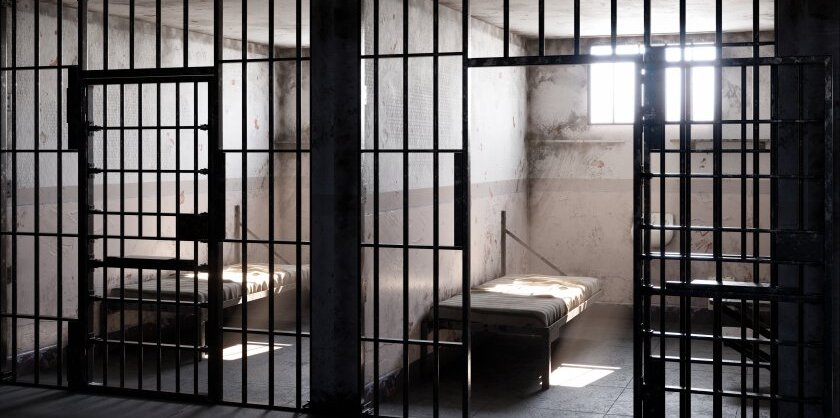Conservatives backed criminal justice reforms in hopes of driving down corrections costs and state budgets. A lot of violent and repeat offenders would have to be released to achieve real savings.
State officials face challenges from shrinking revenue and major changes from Washington in shared programs such as education and Medicaid.
Farmers must destroy their flocks when bird flu is detected. With payments already exceeding $1 billion, the government will now require biosecurity audits.
State policymakers face a more challenging budget environment, even as they navigate policy questions in areas such as AI, insurance, environment, housing and much more.
The taming of inflation was the main financial story. Bond and capital markets were cooperative, even if voters upset about property taxes were not. Governors, mayors, finance directors and pension pros may soon look back wistfully at 2024’s business-as-usual atmosphere.
Iowa has helped prompt other states to adopt flat income tax rates. To bring down property taxes, the state has to address local government spending.
It makes sense that the Trump administration is looking for ways to cut spending. But the way they’re going about it is all wrong.
The way to make the federal government more efficient on a permanent basis is not one-time cuts but devolving authority over many programs to state governments.
In Connecticut, 40 percent say they’re either struggling or just getting by financially.
’Tis the season: State politicians love to proclaim temporary tax respites, but they rarely achieve their stated objective of boosting economic activity. Poor timing, poor design — or just a bad idea?
Only $599 million of the record $1.3 billion homelessness budget last year was actually spent. City Controller Kenneth Mejia blamed “a sluggish, inefficient approach” for the underspending.
A new report from Brookings shows how state departments of transportation have a free hand to spend on highway projects, but don’t keep good track of progress toward specific goals.
The New York governor proposed a 40 percent cut in the already-approved toll pricing with the expectation that the toll will ramp up to the original $15 base toll over the course of several years.
The five-year budget outlook is poorer than the one the state faced in the Great Recession and, without any changes, Maryland will only be able to cover 84 percent of planned spending through the 2030 fiscal year.
The total damage in Western North Carolina is estimated at $53 billion; Gov. Roy Cooper has proposed a small fraction from state funds for costs that won’t be covered by the federal government or private insurance.
The Los Angeles Metropolitan Transportation Authority has a $3.3 billion list of projects to achieve ahead of the 2028 Games that is only 5.2 percent funded so far.
Most Read
















